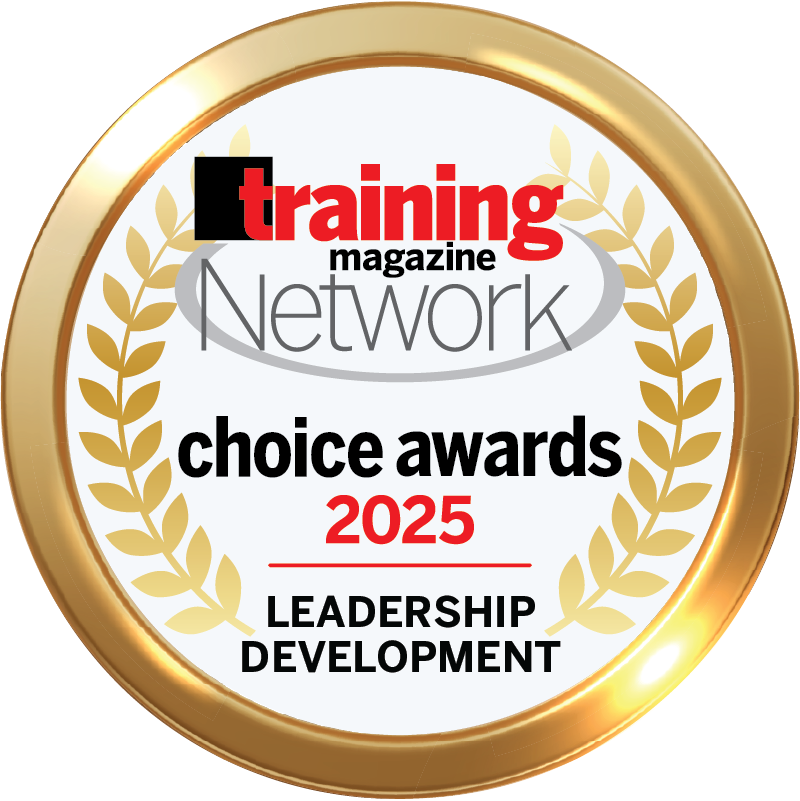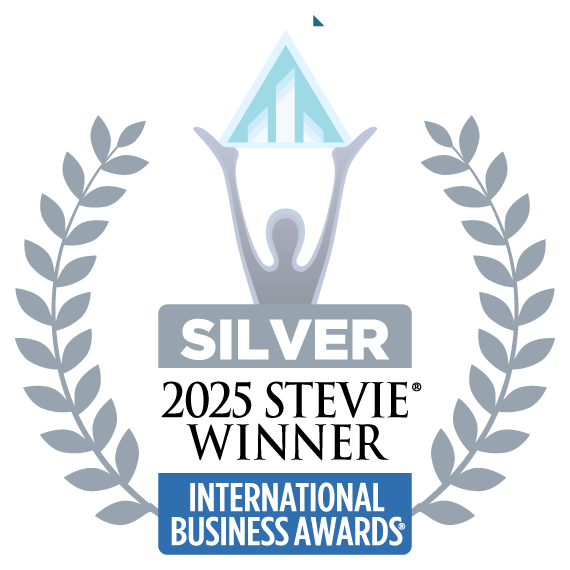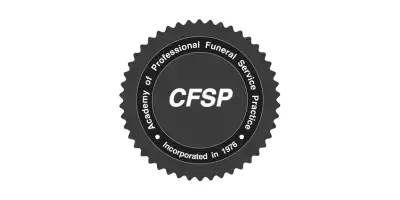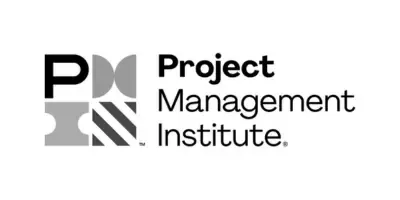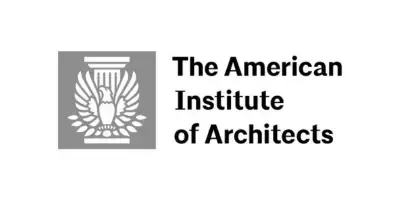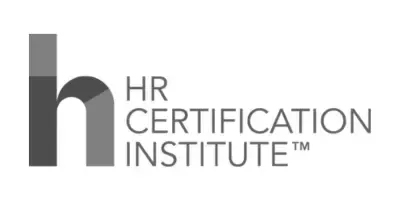Agile Leadership: Mastering Change in Today’s Unpredictable Business World
The business landscape isn't just evolving; it's undergoing seismic shifts at an unprecedented pace. Market disruptions, technological revolutions, and ever-changing customer demands have rendered rigid, top-down leadership models obsolete. In this volatile environment, Agile Leadership has emerged as the critical differentiator between organizations that merely survive and those that truly thrive. Agile leadership transcends buzzwords – it's a fundamental shift emphasizing flexibility, rapid adaptation, deep collaboration, and genuine empowerment. For forward-thinking organizations, embedding these principles into leadership development training is no longer optional; it's a strategic imperative for sustained success.
Understanding Agile Leadership: The Essential Mindset for Modern Challenges
Gone are the days of predictable five-year plans. Today's leaders grapple with constant technological disruption, fierce global competition, and rapidly evolving customer expectations. Traditional command-and-control approaches falter under this complexity. Agile leadership, rooted in principles pioneered in software development but now vital across all functions, provides the necessary framework. It equips leaders with the mindset and tools to navigate uncertainty by prioritizing:
· Adaptability over Rigidity: Pivoting strategies based on real-time data, not inflexible long-term plans.
· Empowerment over Control: Enabling teams closest to the work to make decisions.
· Customer-Centricity over Internal Focus: Relentlessly aligning efforts with customer value and feedback.
· Transparency over Secrecy: Fostering open communication and trust.
· Continuous Learning over Perfection: Embracing experimentation and learning from both successes and failures.
Core Principles of Agile Leadership: Building the Foundation
Effective leadership development training focused on agility must instill these foundational principles:
1. Embrace Change as Opportunity: Agile leaders anticipate shifts and pivot quickly, viewing change as a catalyst for innovation, not a threat. They cultivate environments where experimentation is encouraged.
2. Empower Teams & Foster Decentralized Decision-Making: Moving beyond micromanagement, agile leaders grant teams autonomy and clear purpose. They break down silos, promote cross-functional collaboration, and value diverse perspectives – enabling faster, more responsive decision-making.
3. Focus Relentlessly on Customer Value: Every decision prioritizes delivering tangible value to customers quickly and iteratively. Agile leaders prioritize outcomes over rigid processes, ensuring teams respond swiftly to feedback.
4. Champion Transparency & Continuous Feedback: Building trust is paramount. Agile leaders practice radical transparency regarding goals, challenges, and progress, while establishing robust feedback loops (like 360-reviews and retrospectives) for constant improvement.
5. Cultivate a Learning Culture & Growth Mindset: Agile leaders are perpetual learners. They actively seek feedback, reflect on outcomes, model a growth mindset, and encourage teams to view failures as learning opportunities. Continuous learning is embedded in the organizational DNA.
Fueling Innovation and Adaptability: The Agile Advantage
In volatile markets, the ability to innovate rapidly and adapt seamlessly is paramount. Agile leadership is the engine driving these critical capabilities:
· Accelerating Innovation: Empowerment and psychological safety unlock creative potential. Teams feel safe to propose ideas, experiment, and prototype rapidly. Short feedback loops allow for swift validation or course correction, dramatically speeding innovation cycles. Leadership development training that teaches leaders to create this safe, empowering environment is essential.
· Building Organizational Resilience: Decentralized decision-making distributes resilience. Teams empowered to solve problems locally enable faster responses to challenges, making the organization less vulnerable and more adaptable. Training leaders in delegation and empowerment is core to agile leadership skills enhancement.
· Enhancing Customer Responsiveness: A laser focus on customer value and rapid iteration allows organizations to pivot offerings based on real-time feedback. Agile leaders ensure customer insights drive decisions, boosting satisfaction and loyalty – key competitive advantages.
· Attracting & Retaining Top Talent: Modern talent seeks autonomy, purpose, and growth. Agile leadership, emphasizing empowerment and collaboration, fosters highly engaging cultures that attract and retain high performers. Leadership development programs incorporating agile principles directly build this desirable culture.
Implementing Agile Practices in Leadership Development Training
Transitioning leaders requires more than theory; it demands experiential, applied leadership development training. Effective programs integrate agile principles through:
1. Experiential Learning & Scenario-Based Simulations: Move beyond lectures. Use realistic simulations, case studies, and pilot projects where leaders practice agile decision-making, empowering teams, and navigating ambiguity in safe, controlled environments followed by deep debriefs.
2. Skill Building in Core Agile Techniques: Train leaders in practical tools:
o Facilitation & Coaching: Shifting from directing to facilitating team solutions and coaching for growth.
o Effective Feedback Implementation: Mastering regular, constructive feedback mechanisms and fostering psychological safety.
o Value-Driven Prioritization: Teaching ruthless prioritization based on customer/business value and understanding workflow bottlenecks.
o Visual Management: Utilizing tools like Kanban for transparency and workflow efficiency.
3. Personalized Coaching & Mentorship: Pair leaders with experienced agile coaches or mentors for ongoing guidance, challenge, and support as they apply new skills. (Crestcom's approach emphasizes personalized coaching to foster self-awareness and adaptive thinking.)
4. Microlearning & Iterative Development: Implement short, focused learning modules ("microlearning") for continuous skill updates. Structure development in "sprints" with clear goals, check-ins, and adaptations based on feedback, mirroring agile methodology. (Crestcom utilizes microlearning for evolving skill needs.)
5. Cross-Functional Team Projects: Encourage leaders to work on projects spanning departments to build essential systems thinking and collaboration muscles.
6. Leadership Modeling from the Top: Senior leaders must visibly embody agile behaviors. Their active participation in leadership development programs signals commitment and provides authentic examples.
Real-World Success Stories: Agile Leadership in Action
The transformative power of agile leadership is evident across industries:
1. Spotify's Autonomous "Squads" & "Guilds": Organizing into small, autonomous, cross-functional squads empowered like mini-startups, supported by guilds for knowledge sharing. Leaders act as servant-leaders (Chapter/Tribe Leads), fostering massive innovation and scalability in the competitive streaming market. This highlights the success of leadership training focused on autonomy and collaboration.
2. ING's Enterprise-Wide Agile Transformation: The Dutch bank restructured entirely around agile principles, replacing departments with multidisciplinary squads/tribes. Leaders were retrained as coaches, decision-making was decentralized. Results included drastically faster time-to-market (years to months), boosted employee engagement, and higher customer satisfaction – a testament to comprehensive leadership development programs enabling large-scale agility.
3. Microsoft's Cultural Revitalization under Satya Nadella: Shifting to a "growth mindset," empowering teams, and prioritizing collaboration revitalized Microsoft's innovation engine and market position, demonstrating the impact of agile leadership culture.
4. IBM's Agile Pods & Cross-Functional Focus: Embracing agile practices, including in leadership development, using pods and cross-functional teams to drive innovation through rapid iteration and customer feedback.
5. Patagonia's Mission-Driven Agility: Empowering employees to innovate solutions aligned with core environmental values (e.g., sustainable materials, repair programs) showcases how purpose-driven agility fosters deep loyalty and continuous innovation.
Conclusion: Cultivating Agile Leaders for the Future
The velocity of change will only intensify. Organizations clinging to hierarchical, inflexible leadership risk irrelevance. Agile leadership – characterized by adaptability, empowerment, collaboration, and an unwavering focus on creating value – is the key to navigating uncertainty and seizing opportunities.
Investing in robust leadership development training specifically designed to cultivate agile capabilities is a strategic necessity, not an expense. Programs must evolve from traditional models to experiential, iterative, and feedback-driven approaches like those offered by Crestcom. By embedding agile principles into your leadership DNA, fostering a culture of innovation and resilience, and empowering your people, your organization can not only weather constant change but emerge stronger and more competitive.
Ready to build future-ready, agile leaders?
Crestcom's leadership development programs are designed to equip your leaders with the mindset, skills, and tools to excel in today's dynamic world. Discover how we can transform your leadership pipeline. To learn more about how we can support your leadership development journey, visit www.crestcom.ca.
Interested in a free Leadership Skills Workshop with your team?
- Address instantly fixable issues that impact customer perceptions and employee morale.
- Learn and practice a habit that will raise employee performance.
- Set actions with specific and measurable steps that they'll gladly be accountable to achieve.





